A few pictures of unusual and/or unique Hollies at Rutgers
davidrt28 (zone 7)
9 years ago
last modified: 9 years ago
Featured Answer
Sort by:Oldest
Comments (26)
Dave in NoVA • N. Virginia • zone 7A
9 years agodavidrt28 (zone 7)
9 years agolast modified: 9 years agoRelated Discussions
Virginia Holly -- has anyone heard of this?
Comments (23)Wow! After all these years, I'm still uncovering better information on Ilex x 'Virginia'. OK, so it turns out in 1960, a botanist by the name of W.F. Kosar at the US National Arboretum in DC, crossed Ilex integra (female) with Ilex x altaclerensis 'Hodginsii' (a male). The seedlings resulting from this cross were raised in a bed at the Arboretum. In 1993, Gene Eisenbeiss at the Arboretum, named his pick-of-the-litter 'Scepter'. It was introduced by the Arboretum. It can be obtained from only a few holly nurseries. The bed of hollies from the cross has since been bulldozed over, but not before a batch of plants from this cross were shared with the Hampton Roads Agricultural Research and Extension Center, in Hampton Roads, Virginia. These were planted out and observed. One selection stood out for its form and fruit, and in 2009 it was named and introduced as Ilex x 'Virginia' by the 'Beautiful Gardens® Plant Introduction Program' in the state of Virginia. It has not been patented. It is being offered only by a small number of nurseries in the Mid-Atlantic is propagated primarily by one nursery. 'Virginia' looks very similar to 'Scepter' but is just a bit spinier. That's no reason not to grow it though. I would rate Ilex x 'Virginia' as a borderline 6b-7a plant in terms of hardiness. I've seen just a bit of tip dieback on a few branches after the last two winters in my 7a yard, whereas Scepter had no dieback. But Scepter had a bit of shelter from wind. Ilex x 'Virginia' - photo from 'Beautiful Gardens' website: http://www.beautifulgardens.org/plants/ilevir.html...See MoreNellie Stevens Holly Shipped & Planted - Pics
Comments (46)I have one Nellie Steven. About 18 months ago, I had one large Maple tree removed from the front (due to disease and crowding), well, I noticed that the Nellie Stevens was completely lopsided as half of it was in shade of the Maple. The part in the sun, was growing fast. I have other Hollies (Japanese, Blues, China series...so, I noticed the difference. Now, I expect it will recover some decent shape as it is in full sun. So, this variety can handle full, southern exposure and a good deal of heat. Meantime, my Blue Princess/Prince holly that are in shade are fast, those in the sun have either never taken off or seem stunted. Location, location, location as they say! I suspect the clay soil is less of a factor, my soil is also fairly clay. Makes a great tree if provided its space. Birds also love the berries (had a flock of wild turkeys crazy about them a couple of weekends ago)....See MoreHelp in Id of very unusual butterfly!
Comments (9)Thank you! It has an orange-red furry head with eyes and fern-like attenae, and with beautiful markings on its wings. Black spots, white swirls, orange and black patterns on the wings. Poor thing is dying on my leather glove which it is clinging on. I put it under one of my Lilac bushes for comfort. I managed to post a picture of it in the photo gallery, if you are still interested in looking at it. I am not comfortable with mercy killing, so I "layed hands" over this beautiful creature, asking Mother to allow her to die without pain and gracefully. I have NEVER seen such a gorgeous creation here in Western New York as this moth. Very odd things are happening with Nature, as anyone who's heart strings are attached to Her as mine are, will attest. Again, thank you for your response. I am grateful to you. She is beyond help and am just allowing Nature to take care of its own....See MoreUnusual Natives: Skunk Goldenrod
Comments (7)Ther are quite a few rare or threatened Solidagos in NC, but his one is not in the list, although it is listed as only in NC and TN. I didn't realize how many different Solidagos existed until I checked the website I am including. Wow! Here is a link that might be useful: Solidagos of North America...See MoreDave in NoVA • N. Virginia • zone 7A
9 years agoEmbothrium
9 years agolast modified: 9 years agodavidrt28 (zone 7)
9 years agolast modified: 9 years agodavidrt28 (zone 7)
9 years agolast modified: 9 years agoEmbothrium
9 years agolast modified: 9 years agoDave in NoVA • N. Virginia • zone 7A
9 years agoEmbothrium
9 years agoDave in NoVA • N. Virginia • zone 7A
9 years agoEmbothrium
9 years agolast modified: 9 years agoDave in NoVA • N. Virginia • zone 7A
9 years agodavidrt28 (zone 7)
9 years agodavidrt28 (zone 7)
8 years agolast modified: 8 years agodavidrt28 (zone 7)
8 years agolast modified: 8 years agodavidrt28 (zone 7)
8 years agoDave in NoVA • N. Virginia • zone 7A
8 years agobrandon7 TN_zone7
8 years agodavidrt28 (zone 7)
8 years agolast modified: 8 years agodavidrt28 (zone 7)
8 years agodavidrt28 (zone 7)
8 years agolast modified: 8 years agodavidrt28 (zone 7)
8 years agoUser
8 years agolast modified: 8 years agodavidrt28 (zone 7)
8 years agolast modified: 8 years agoDave in NoVA • N. Virginia • zone 7A
8 years ago
Related Stories

HOUZZ TOURSHouzz Tour: Farmhouse Style With an Unusual Inspiration
Comfort and sophistication are no surprise inside this Colorado home, but the exterior has an unexpected backstory
Full Story
HOUZZ TVHouzz TV: Travel Back to the 1960s in a Most Unusual Round House
An Oakland, California, couple’s midcentury circular home provides a stunning time capsule for all-out vintage modern style
Full Story
LANDSCAPE DESIGNHow Low Can Hedges Go? Discover Unusual Garden Borders
Short enough to step over, high enough to be a stretch ... check out these radically different hedge styles and tell us your opinion
Full Story
ARCHITECTUREHouzz Tour: Shipping Containers Make for an Unusual Home
Recycling hits the big time as a general contractor turns 4 metal boxes into a decidedly different living space
Full Story
ARCHITECTUREHouzz Tour: A Most Unusual Trailer in Texas
With an air-conditioned bathroom, screened porches and a sleeping loft, this riverside trailer site has it all
Full Story
HOMES AROUND THE WORLDKitchen of the Week: Sensuous Curves in an Unusual Irish Kitchen
Sinuous free-standing furniture and warm woods weave a casual and harmonious spell in this fresh design
Full Story
NATIVE PLANTSGreat Native Plant: Grow Wild Quinine for Its Unique Clusters of Blooms
Get connoisseur cred and unique blooms with this uncommon plant. Bonus assets: It’s low maintenance and drought tolerant
Full Story
DECORATING GUIDESFor Your Next Sink, Think Unique
Any kind of vessel can do the trick — from buckets to barrels, outsized shells to old-fashioned washers
Full Story


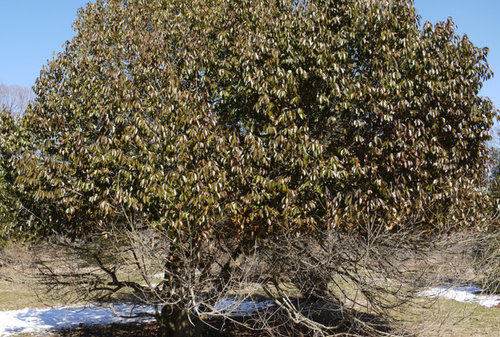
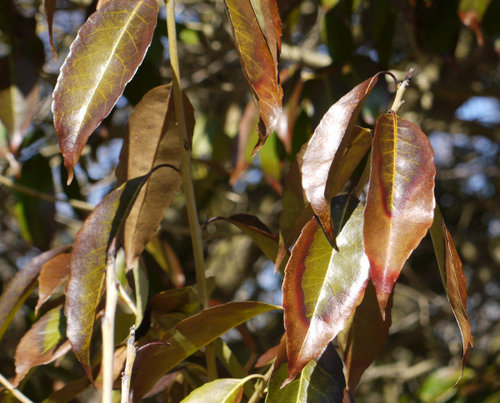
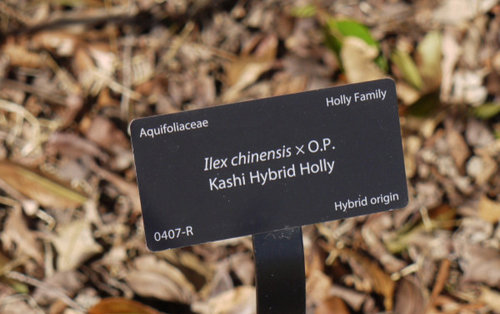
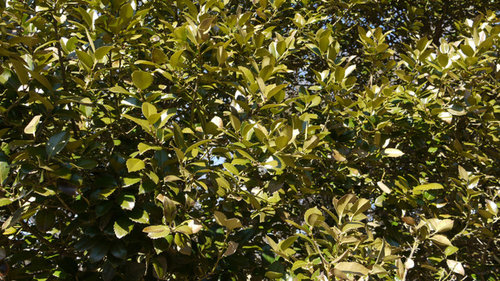
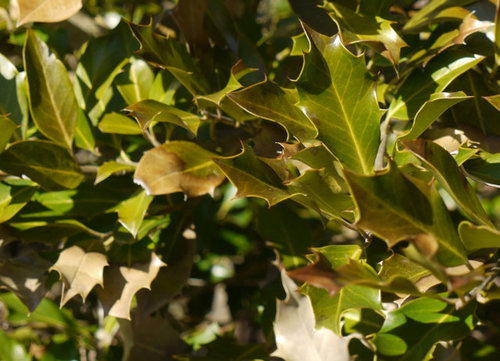
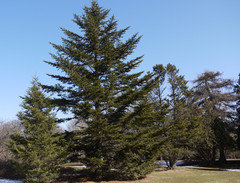





Dave in NoVA • N. Virginia • zone 7A